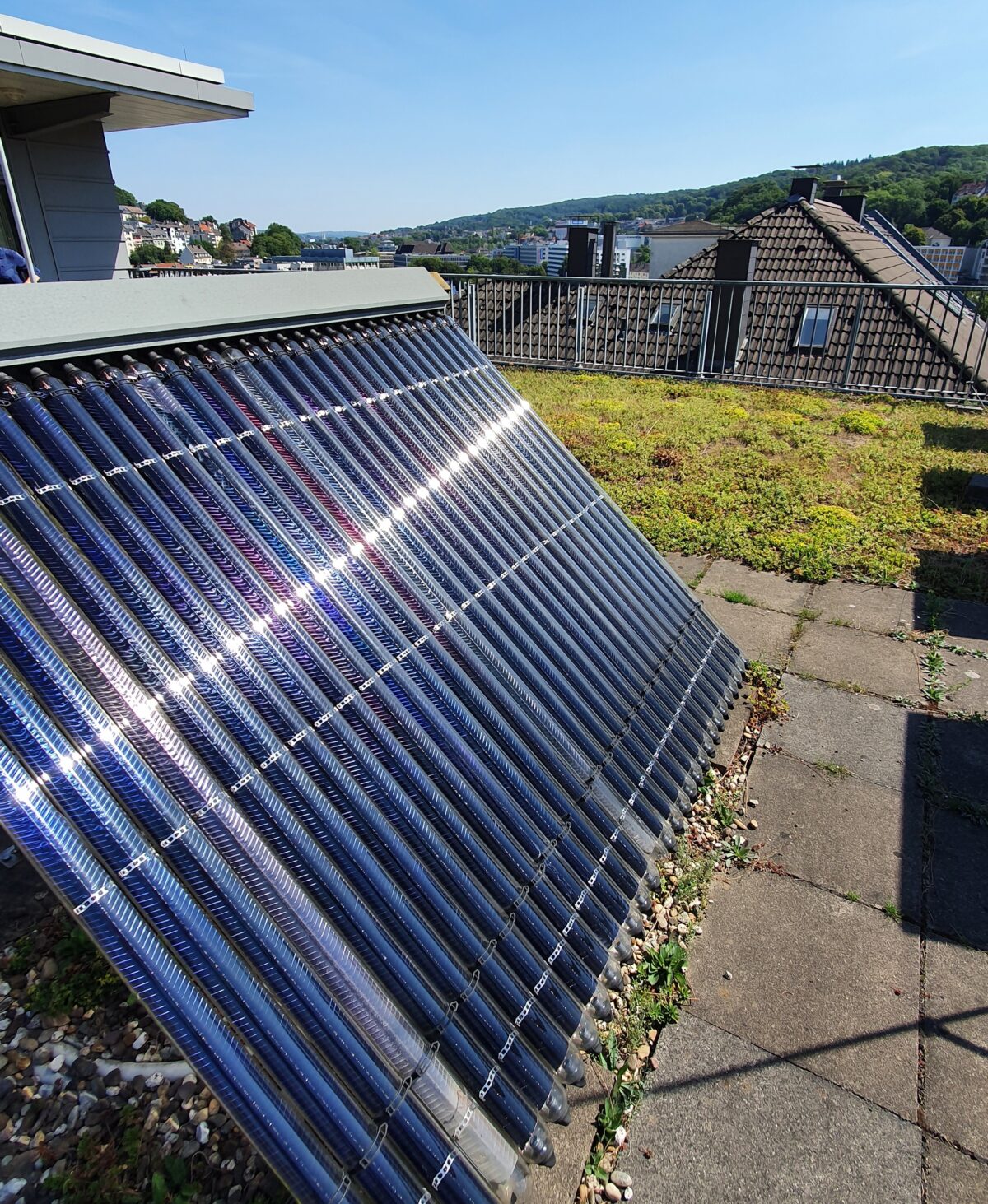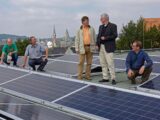Veranstaltung
15. February 2023 um 19:00 bis 21:00
Energiekosten im Haushalt dämpfen
Stefan Bürk, Energieberater der Verbraucherzentrale, zeigt was hier möglich ist und wo die Grenzen der Einsparmöglichkeiten liegen. In diesem Vortrag mit Diskussion geht es vor allem um die privaten Wohnungen.
Zum zweiten Mal in diesem Jahr findet der Stammtisch der Bergischen Bürgerenergiegenossenschaft - wieder als Präsenzveranstaltung - in den Räumen des Stadtteilbüros von Aufbruch am Arrenberg e.V. in 42117 Wuppertal, Fröbelstr. 1a statt.






























